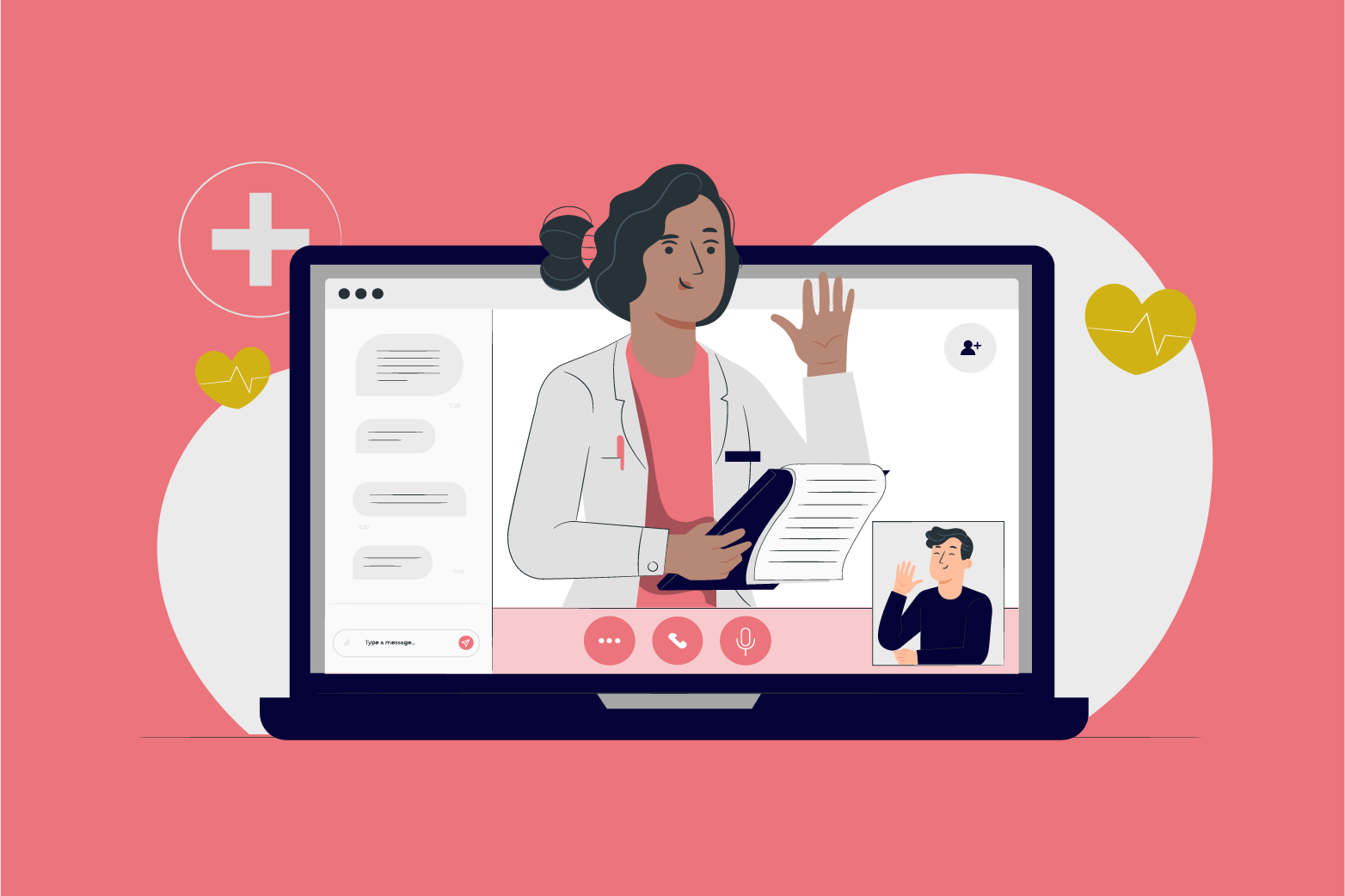
Communicating effectively with an employee who is on sick leave is crucial to ensure a smooth and legally compliant process under Dutch labor law. It’s important to show empathy, maintain open lines of communication, and adhere to regulations.
We want to offer some answers to some of the frequently asked questions regarding this custom and bring you tips from our experience.
When to do an absenteeism interview?
If an employee is often ill for short periods, we call this short-term absenteeism. If you keep track of your employees’ sick reports, you can find out whether this is the case. Is that the case? Then it is a good idea to discuss this with your employee. It could be a sign that they do not feel comfortable within the team, the company or their position. By engaging in discussions in a timely manner, you may be able to prevent long-term absenteeism.
On the other hand, when an employee is on long-term absenteeism it is generally recommended to have regular health check-ins or absenteeism interviews to maintain contact between the employer, the team, and the employee.
How often do you have an absenteeism interview?
The frequency with which to have the interview with the employee that is on long-term sick leave or absenteeism is often prescribed by ArboNed. If such an interval is not specifically indicated by the company doctor or ArboNed, we recommend touching base with the employee at least once every 14 days. Particularly in the first 6 weeks of the sick leave, there is a significant benefit to staying connected with the employee and maintaining a good connection with them.
How to do an absenteeism interview?
Conducting an absenteeism interview may feel nerve-wracking, but it shows that you pay attention to your employee. And that you find their health important. But be careful: you are not allowed to just ask everything. For example, as an employer you may not inquire about the nature and cause of the disease. And if your sick employee tells you what is wrong on their own, you are not allowed to record this (medical) information. You are also not allowed to diagnose or give medical advice.
Below are a few steps on how you approach the absenteeism interview:
- Indicate the purpose of the conversation. This makes the intention clear and the communication honest. The art of asking questions starts with listening. If you understand your employee, there is also greater understanding for you as an employer. Ask open questions (‘how’, ‘who’, ‘what’, ‘to what extent’), do not ask about medical causes or symptoms and do not judge what your employee tells you.
- Dare to let silence fall. This gives the other person the opportunity to think and formulate their response.
- Summarize the conversation, this can also be done in between. A summary provides an overview of the topics discussed. From this overview you can think of new topics or discuss other topics. The summary gives your employee the feeling that you listened. This also gives them the opportunity to add or improve. This prevents misunderstandings later in the process.
- Ask questions and get concrete answers. For employees, absenteeism is often a solution to a problem. This problem can be medical, but can also have other reasons. Consider conflicts at work, insufficient knowledge for the position or problems in your private situation. If you ask further questions, you can discuss the actual problem and find a solution.
The more often you practice conducting absenteeism conversations, the easier it will become for you. In any case, the good news is that anyone can learn it.
Author: Naomi Krosenbrink.
To continue reading about General Tips for Absenteeism Interviews, don’t miss the second post of this series next week. Stay tuned for more valuable insights!
We can help!
If you have any questions or need additional help conducting absenteeism interviews, please do not hesitate to contact us. At Octagon we have a dedicated team of HR experts ready to answer your questions. We are committed to delivering a service that is efficient but also integrally engaged to the health and safety of your employees.
more news

King’s Day: what you need to know
22-04-25
Spring has sprung, and the traditional Dutch holiday of ‘King’s Day’ is approaching! King’s Day is April 26th this year. If you don’t know what you should be doing to make the most out of this holiday, then you are ...

The role of HR in supporting neurodiversity in the workplace
16-04-25
In the spirit of Autism awareness month, it is important to bring awareness to the neurodiverse person in the workplace. After all, the workplace as it is today was built for the neurotypical in mind, putting neurodiverse people at a ...